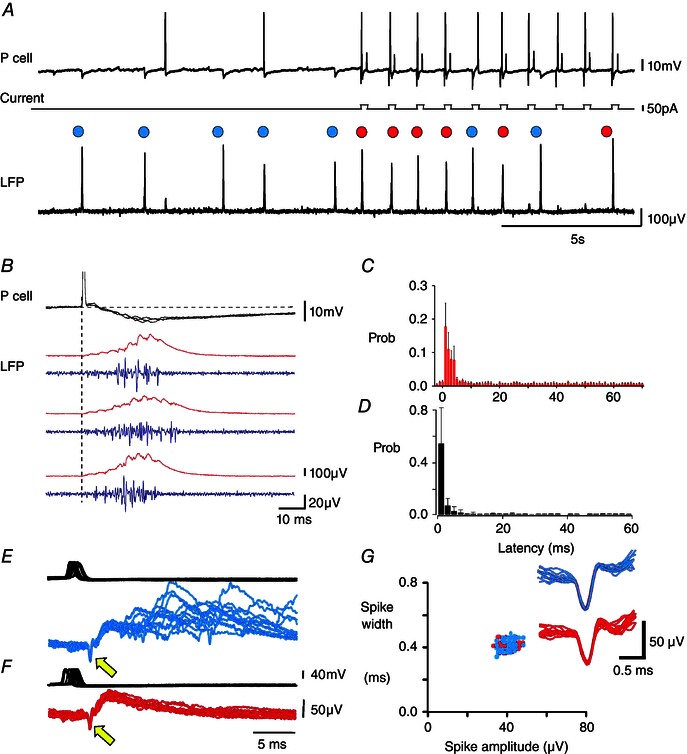Figure 2. Single CA3 pyramidal cells trigger SPWs .

A, traces are CA3 pyramidal cell membrane potential, injected current and local field potential (LFP). Blue circles indicate spontaneously occurring SPWs at intervals of 1.5–3.0 s. Current pulses (50 pA, duration 200 ms, interval 1000 ms) were injected to induce single pyramidal cell action potentials almost half‐way along the traces. Red circles indicate six of 10 action potentials followed at short latency by a SPW. Overall, 172 of 626 spikes induced in this pyramidal cell were followed by a SPW at a latency shorter than 5 ms. In total, 99 spikes elicited no response, 128 spikes evoked a single fIPSP and 227 spikes elicited events intermediate between a single fIPSP and an SPW. B, three SPWs initiated by pyramidal cell firing. Intracellular potential, field (red) and multi‐unit firing (blue, 0.5–5 kHz band‐pass filtered). C, interval distribution between the intracellular action potential and the start of detected SPWs (n = 10 experiments, 1145 SPWs, mean ± SD of probabilities). D, normalized probability distribution of latencies from single pyramidal action potentials to extracellular spikes associated with the next SPW (mean ± SD of probabilities, n = 1726 action potentials from 10 pyramidal cells). E–G, SPWs, fIPSPs and unit firing. E, overlay of 20 SPWs (blue) initiated by single pyramidal cell action potentials (upper trace) and preceeded by an extracellular spike (yellow arrow). F, overlay of 20 fIPSPs (red), initiated by single pyramidal cell spikes (upper trace) and preceeded by an extracellular spike (yellow arrow). Traces of (E) and (F) triggered on the extracellular spike. G, plot of width against amplitude for spikes preceding fIPSPs (red) and SPWs (blue). The inset shows overlays of extracellular spikes preceeding SPWs (n = 20, blue) and fIPSPs (n = 20, red).
